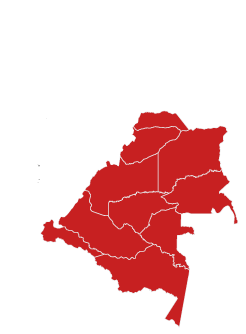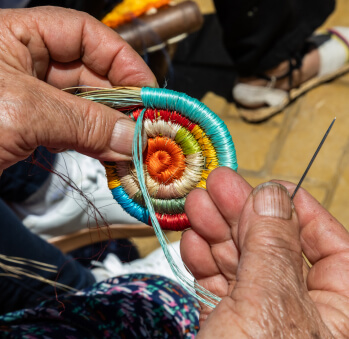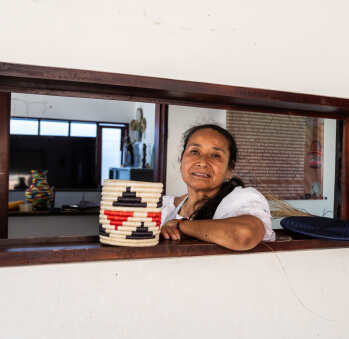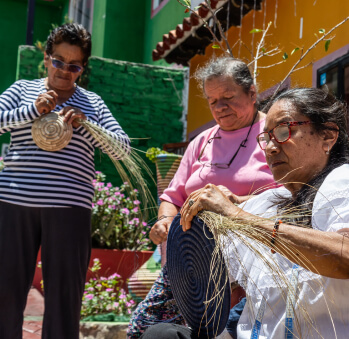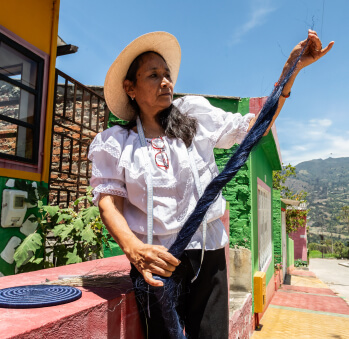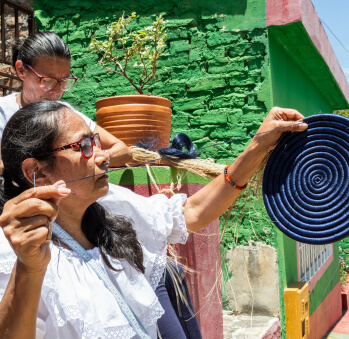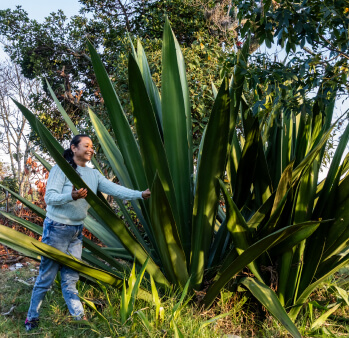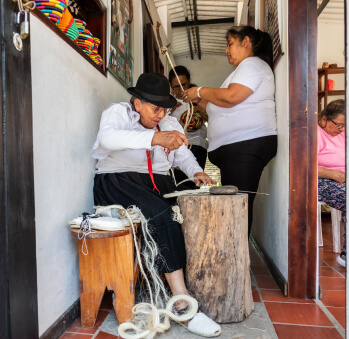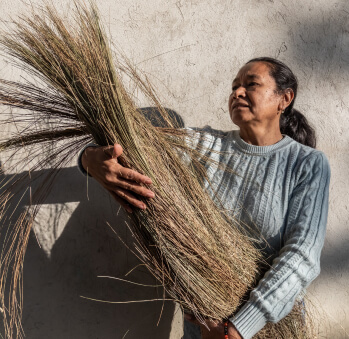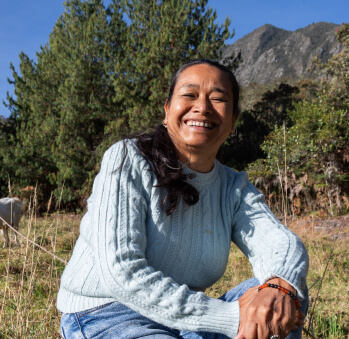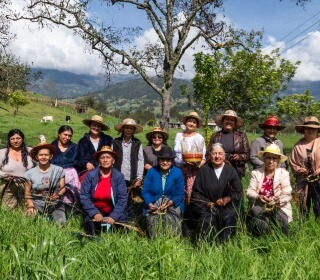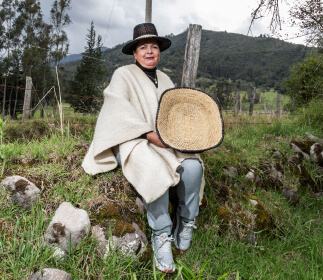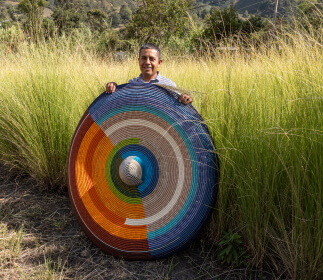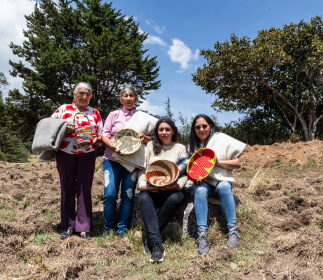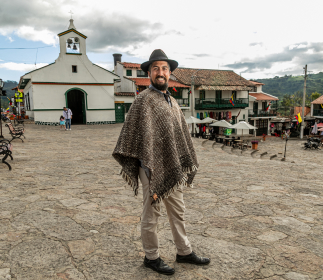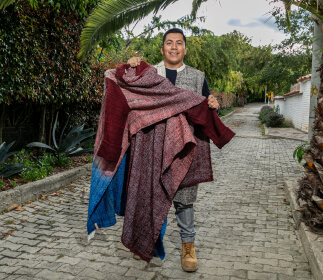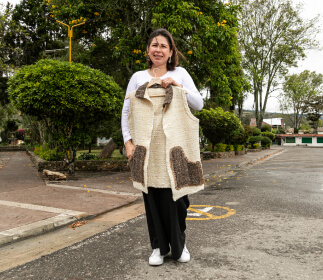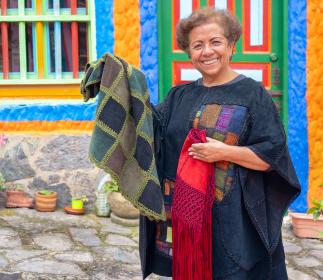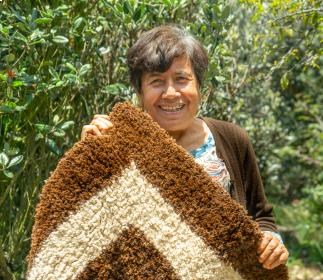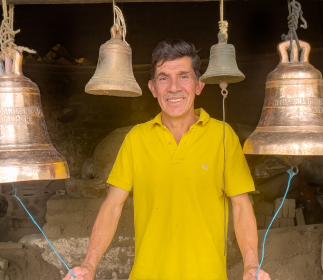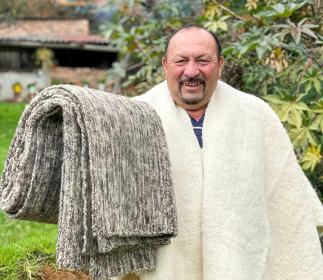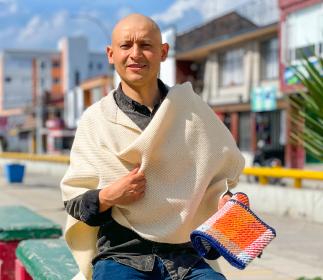Omaira Manrique
Workshop: Crearcooplimitada
Craft: Basketry
Trail: Paipa-Iza and Paipa - Guacamayas Route
Location: Guacamayas, Boyacá
SCHEDULE YOUR VISIT
Cra 5 #4 -59
3204989697
crearcoopltda@yahoo.com
@crearcoop.ltda
@artesaniasdeguacamayas
In the province of Gutiérrez, in the northernmost tip of Boyacá, lies Guacamayas—a “surprise town” perched on a hillside, which only reveals itself when you’re right upon it, nestled among the mountains. Speaking with Omaira Manrique is like tapping into the living memory of this place. She knows the names, dates, and families that have shaped the town’s iconic craft tradition since the 1980s: the coiled fique basketry of Guacamayas. Her memory is vast, and her generosity in sharing it comes from deep love—for the place where she was born, has always lived, and plans to spend her last days. And with that same love, translated into vocation, she’s supported her people and their craft identity since she was a teenager. People often say that even if the day had 30 hours, it still wouldn’t be enough for Omaira.
She says it all began with seven families—the original keepers of the coiled basketry tradition handed down from their Lache ancestors, masters of fique. The Gómez, Pineda, García, Silva, Carreño, Blanco, and Manrique families—her own—through her father, José Benito Manrique. These seven surnames joined forces in the mid-1980s to found what we now know as the Cooperativa Crear Cop Limitada. Back then, it was called La Casa del Telar Arco, named after another local technique: weaving fique on looms bent from vine branches. With the support of the Museum of Popular Arts and Traditions, the founding artisans began to spread their knowledge—and a teenage Omaira was there, following closely, taking her first steps as a community leader. She trained herself to speak with the people and organize them. Her group didn’t just support their artisan development—they looked after their well-being too. If a home lacked a latrine, they built one. This only child, who once dreamed of becoming a police officer, stayed in Guacamayas and threw herself into the grassroots movement for rural life improvement. Week after week, she visited the outskirts, encouraging those who had already learned basketry to teach their neighbors, ideally the whole family. Her goal was to give everyone a craft that would let them stay and thrive in their hometown.
Years later, one date would be etched into her memory forever: June 19, 2006. It was her birthday and she was hospitalized with appendicitis when the news arrived—they had been granted the Denomination of Origin seal for the coiled basketry of Guacamayas. It was a moment of complete joy. Omaira had been part of the team that led the process, which had required them to retrace their path and tell their life stories through their craft. They spoke with children and elders, with artisans and non-artisans alike, with everyone in the value chain. They recalled the days when handicrafts were dismissed—ironically, for the very reason that makes them magical: being handmade. They remembered trudging through Bogotá with boxes full of baskets on their backs, hoping someone would buy them. They realized that coiled basketry tells stories in spirals. Its center is at the beginning of their hearts. This outward movement, growing with every turn, mirrors how they live. Like a basket, each life is shaped—sometimes colorful, sometimes muted. In the process, they recall their dreams and the nature that surrounds and inspires them: the snails, diamonds, and stars woven into their traditional patterns.
This tradition, which began with cuartillas—baskets used for storing seeds, potatoes, beans, and wheat—has grown to occupy a central place in the life and economy of Guacamayas. You see it in the streets, painted in the bright colors of their baskets—nicknamed tutifruti for their vibrancy. You hear it in Omaira’s voice when she remembers how, back when colors were rare, just a few yellow, green, or red stripes would be added. Those were the dyes used by spinners like her mother, Elvira Gómez, to dye the wool for their blankets. Sometimes, a few strands of fique were tossed into the dye pots—an experiment that birthed a tradition, quite unintentionally.
Omaira is more than an indefatigable artisan. She’s been a rural leader, an instructor with SENA, a dye certifier, a driving force behind the Denomination of Origin, a Civil Defense leader, and a representative of Colombian crafts in the United States, Chile, and Ecuador. Since 2010, she’s also worked to place Guacamayas on the tourism map. That’s why they founded the Community-Based Rural Tourism Network, aiming to reduce dependence on the flow of visitors to the nearby Cocuy Natural Park. And always—always—she remains a proud member of the Cooperative.
Craft
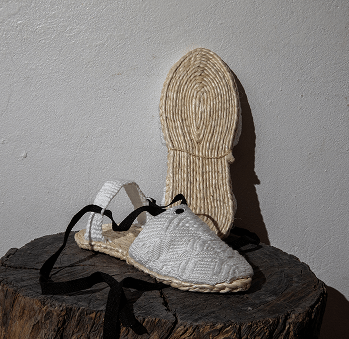
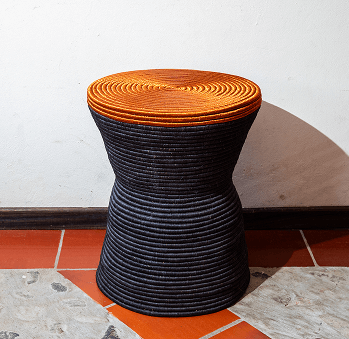
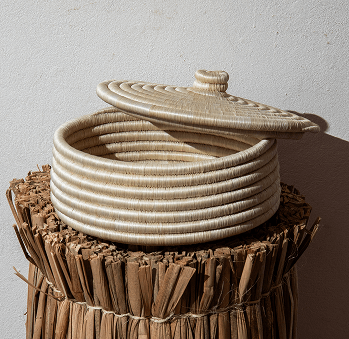

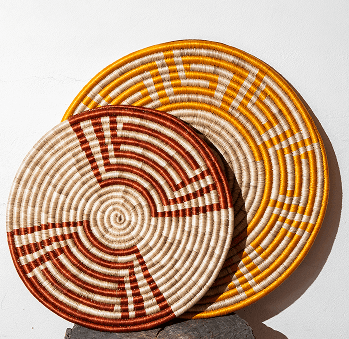
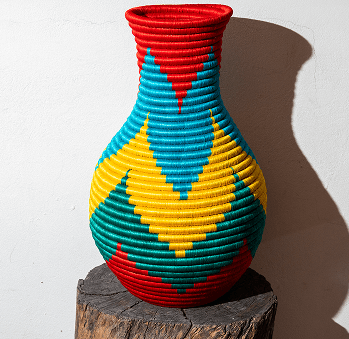
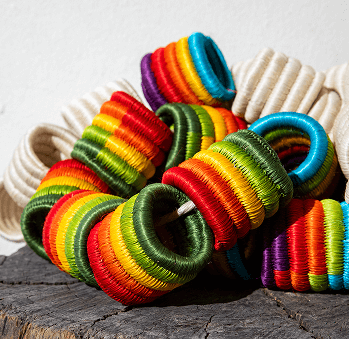
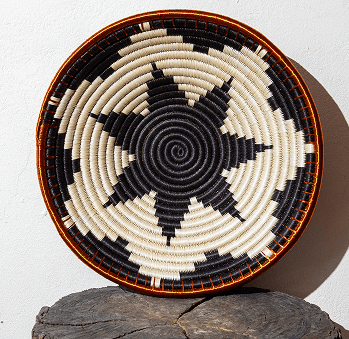
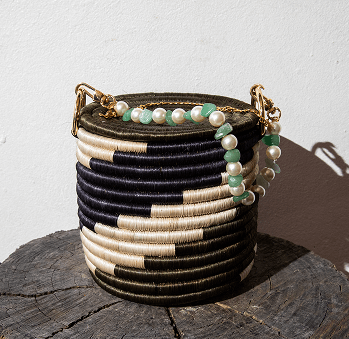









Artisans along the way
Artisans along the way
No puede copiar contenido de esta página

